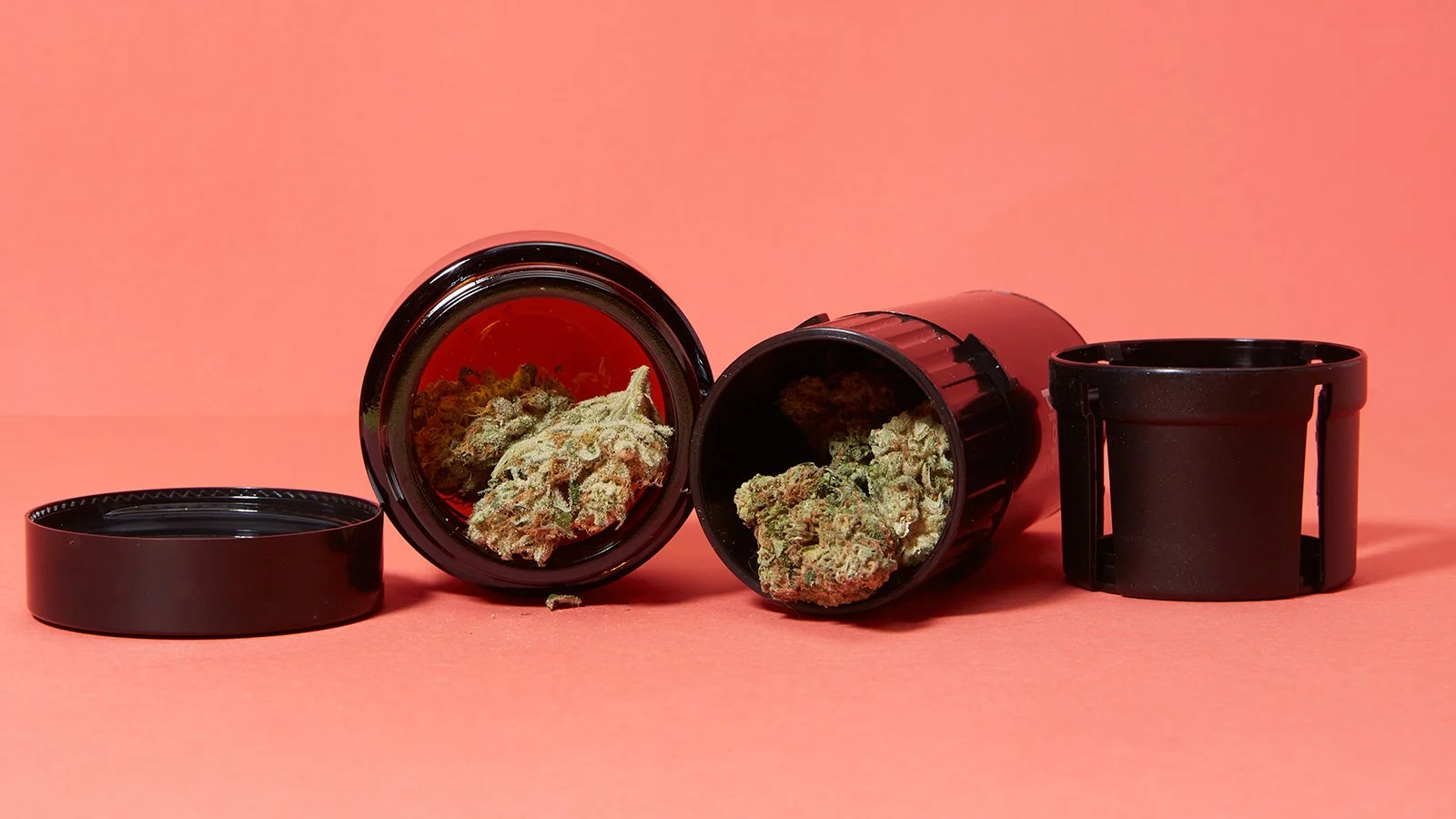Past the Quick Hit: Tips for Storing Cannabis
In the outlaw days of California cannabis, Nat Pennington used to store his weed in pickle barrels buried in the ground. Back then, Pennington needed a way to stockpile his crop in a way that would make it last until next year’s harvest. And, with the active threat of federal law enforcement, he also needed to keep it hidden in places that couldn’t be traced back to him. Eventually, Pennington, who is now CEO of Humboldt Seed Company, would work his way up to storage in septic tanks. While Pennington’s techniques to keep his weed fresh in the early 2000s seem novel today, they were operating on the same principles as all methods of good cannabis storage: keep it dark and cool.
“The pickle barrel was a relatively inexpensive way to waterproof seal large objects or large amounts of a product, namely, in this case, big bags of cannabis,” Pennington says. “We could dig a hole and bury it and that’s a big hole, I mean, a pickle barrel is like 50 gallons… People use [pickle barrels] for rainwater catchment, cisterns of sorts, water tanks, things like that, but in Humboldt, indoor grows even started using them for their reservoirs to mix nutrients and do hydroponics and stuff.”
Like any flower that’s been picked, cannabis flowers begin to evolve and change—in both appearance and chemical composition—the moment they are harvested. Getting moisture out of the buds and keeping all the aromatic and flavorful elements in is the alchemy of great growers. The purpose of amazing weed is to smoke it, not store it, but the dream of having an epically large headstash remains. If aged properly, cannabis can reach the two-year mark and still smoke great.
Dried and cured cannabis is packaged for extended storage in many types of containers, including turkey bags, mylar bags, glass jars, and plastic bins. Often air-tight and stored in vaults, closets, garages, barns, fridges, or freezers, the aim is to provide a place that’s stable in terms of temperature and light in order to preserve the pot in the best way possible.
Rock the Cure
Wet, freshly trimmed flowers won’t burn; that’s why cannabis is dried and also often cured in a secondary drying phase. Tamara Kislak of That Good Good Farm in Mendocino County says the cure is the most important part of cannabis storage.
“Cannabis is a perishable item. It’s a living organism like any other produce, and so it has its peak and it has other variations,” Kislak says. “If it’s not cured out, you’re left with a whole bunch of enzymes. You’ve got a bunch of chlorophyll, you’ve got all of this living activity in it.”
She says well-cured bud means, “you’ve worked out a lot of the off-gassing, the enzymes have broken down to the point where they’re more stable, and you’ve retained the terpenes and the oils and the flavor that you want.”
After the cannabis flowers have been cured, Kislak says, “you go, cool, dark, as little oxygen exchange as you can.”
MORE ON HOW TO STORE YOUR CANNABIS HERE



